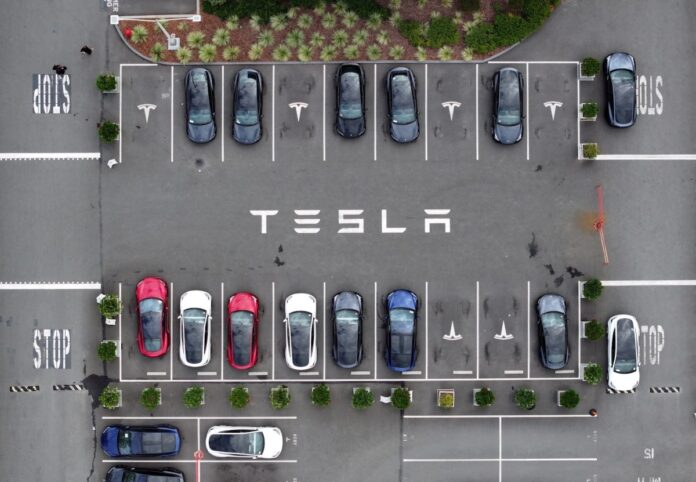Elon Musk secured his controversial $1 trillion compensation package from Tesla shareholders this week. While the headlines understandably focus on the sheer astronomical scale of the payout, this is about much more than just money. It’s a power play that underscores Musk’s deep-seated control over Tesla and raises questions about the company’s future direction.
Musk repeatedly threatened to walk away from Tesla unless granted complete control, even suggesting scenarios involving robot armies to justify his demands. Shareholders, seemingly unwilling to imagine life without Musk at the helm of the electric vehicle giant, capitulated.
This hefty payout isn’t a simple bonus; it’s structured around ambitious milestones tied to Tesla’s operational performance, profit margins, and market capitalization. Achieving these goals will unlock tranches of stock options for Musk, potentially totaling billions more down the line. The first milestone? Reaching a $2 trillion market cap – currently a distant target at Tesla’s current $1.5 trillion valuation.
The unusual dynamic at play here is that Tesla’s share price often operates independently of concrete financial performance. The company’s stock frequently surges or dips based on Musk’s pronouncements, even when quarterly earnings reports are underwhelming. This unsettling disconnect leaves traditional automakers struggling to compete in a market seemingly less concerned with fundamentals and more attuned to Elon Musk’s whims.
But what about Tesla’s actual product roadmap? The compensation package hinges on some specific goals:
- 20 million Tesla vehicles delivered annually
- 10 million active Full Self-Driving subscriptions
- 1 million robots deployed
- 1 million robotaxis operational
All within a ten-year timeframe.
These targets are ambitious to say the least, and raise questions about their feasibility given Tesla’s current production capacity and technological readiness in areas like autonomous driving and robotics.
The shareholder meeting served as more than just Musk’s victory lap. He peppered his presentation with promises and predictions: Cybertruck production starting this April, a potential “gigantic” semiconductor fabrication plant, and yet another delay for the highly-anticipated Roadster 2 (now slated for an April Fool’s Day reveal in 2026).
However, Musk’s much-touted “Master Plan Part 4,” which he used to justify this extraordinary compensation package, remains vague on specifics. This leaves investors and industry observers with more questions than answers: Will Tesla actually achieve these ambitious goals? Or is this simply a ploy to inflate stock price further while consolidating Musk’s control over the company?
IPO Season Heats Up
Amidst the flurry of activity surrounding Musk’s compensation, another development caught my eye: Beta Technologies’ successful IPO. The electric aviation startup managed to launch its offering despite the ongoing government shutdown thanks to relaxed SEC rules. Beta raised $1 billion at a valuation of $7.4 billion – a noteworthy achievement in this turbulent market.
The news cycle also saw Archer Aviation raise $650 million through a stock offering, using funds for its strategic acquisition of Hawthorne Airport – conveniently located near Tesla and SpaceX facilities in Elon Musk’s backyard. Meanwhile, Rivian spun off yet another company (its second this year), Mind Robotics, adding to the growing list of startups with ties to the EV maker.
Lucid Navigates Executive Shake-Ups
On a different note, Lucid Motors continues to face turbulence within its executive ranks. As they hunt for a permanent CEO, Lucid has seen departures from key figures including chief engineer Eric Bach and VP of Quality Jeri Ford. Meanwhile, James Hawkins, the VP of Engineering, has also left the company. The EV maker seems to be consolidating power within Emad Dlala, who’s being elevated to oversee both “Engineering and Digital.”
The Future is Still Unfolding
These developments offer a glimpse into the dynamic shifts taking place in the mobility sector. While Musk grabs headlines with his outsized compensation package, other players are making strategic moves in electric aviation, autonomous driving, and broader automotive ecosystems.




























































